Ecommerce Personalization: What Scaling Brands Need to Succeed (With Examples)
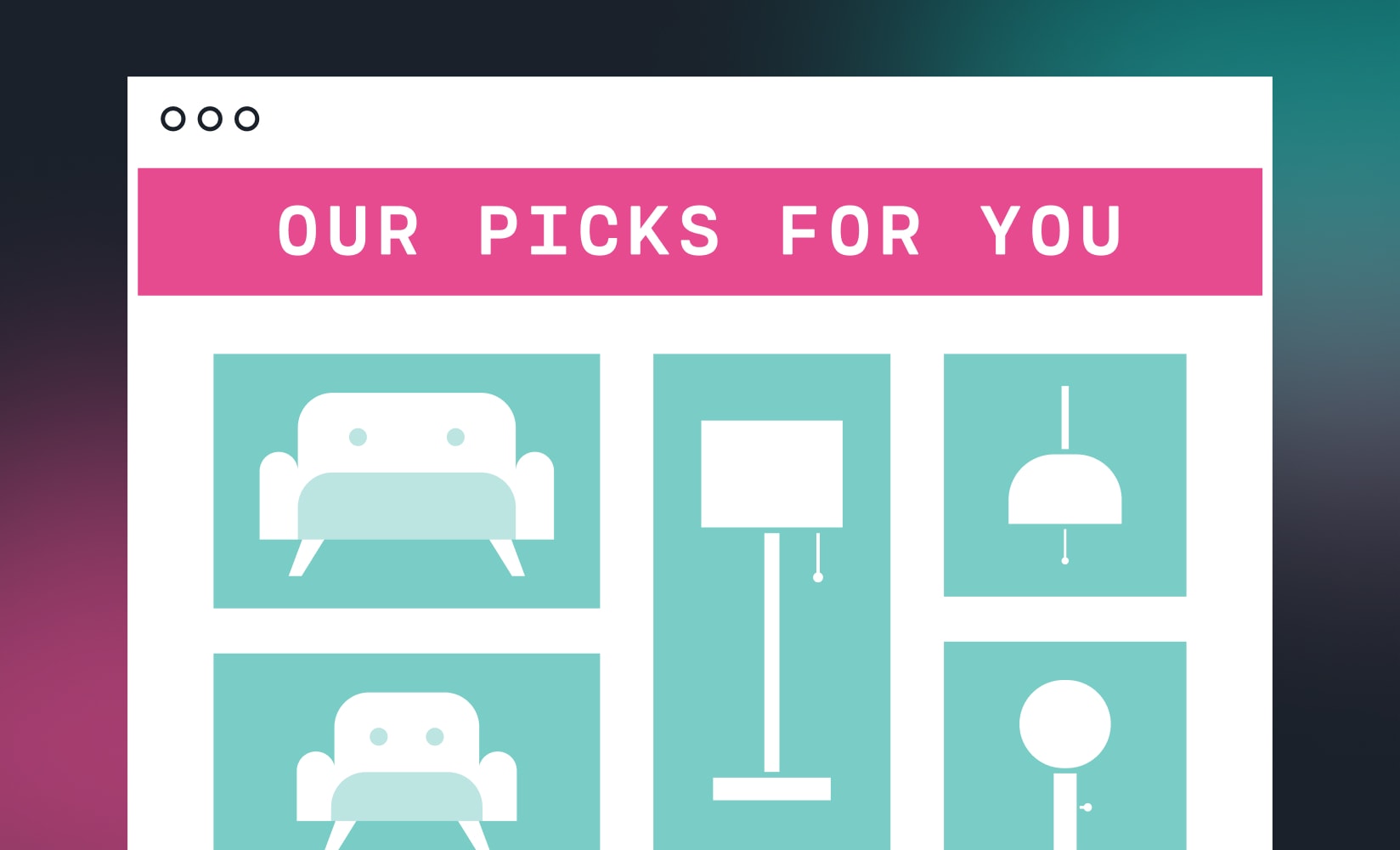
Customer expectations are sky-high with evolving tech and changing shopping habits, which is why ecommerce personalization is so important for scaling brands.
Adding moments of personalization across your multi-channel touchpoints not only fosters a connection between you and your customers, but it boosts your bottom line:
Brands report a 760% increasein email revenue attributable to segmentation and personalization. What’s more, brands who use personalization tactics see a $20 ROI for every dollar spent.
However, while 53% of customers say ecomm brands can improve their online shopping experience by making it easier to discover products, only 9% of brands have ecommerce personalization baked into their business strategy.
If you’re struggling to level up your personalization game as you scale your operations, we’ve got just the thing.
Today we’re covering:
- What is ecommerce personalization?
- What are the benefits?
- The biggest challenge brands face with ecommerce personalization
- Examples from top brands
- A simple formula to ensure successful moments of personalization
Let’s jump to it.
Ecommerce personalization is when brands create tailored experiences for their customers, offering more engaging online shopping.
By improving engagement, this leads to more conversions.
But effective personalization on your store’s site doesn’t always mean a grand, sweeping gesture—and it doesn’t always require tons of data, either. It’s often a mix of both big and subtle interactions.
Effective personalization can be as simple as offering your customers the chance to choose the cadence they receive a subscription-based product.
Take prestige skincare brand, TULA Skincare, for example.
They use Ordergroove to power subscriptions on their site, and thanks to a flexible ecomm experience, customers can choose subscription preferences right from the product page:
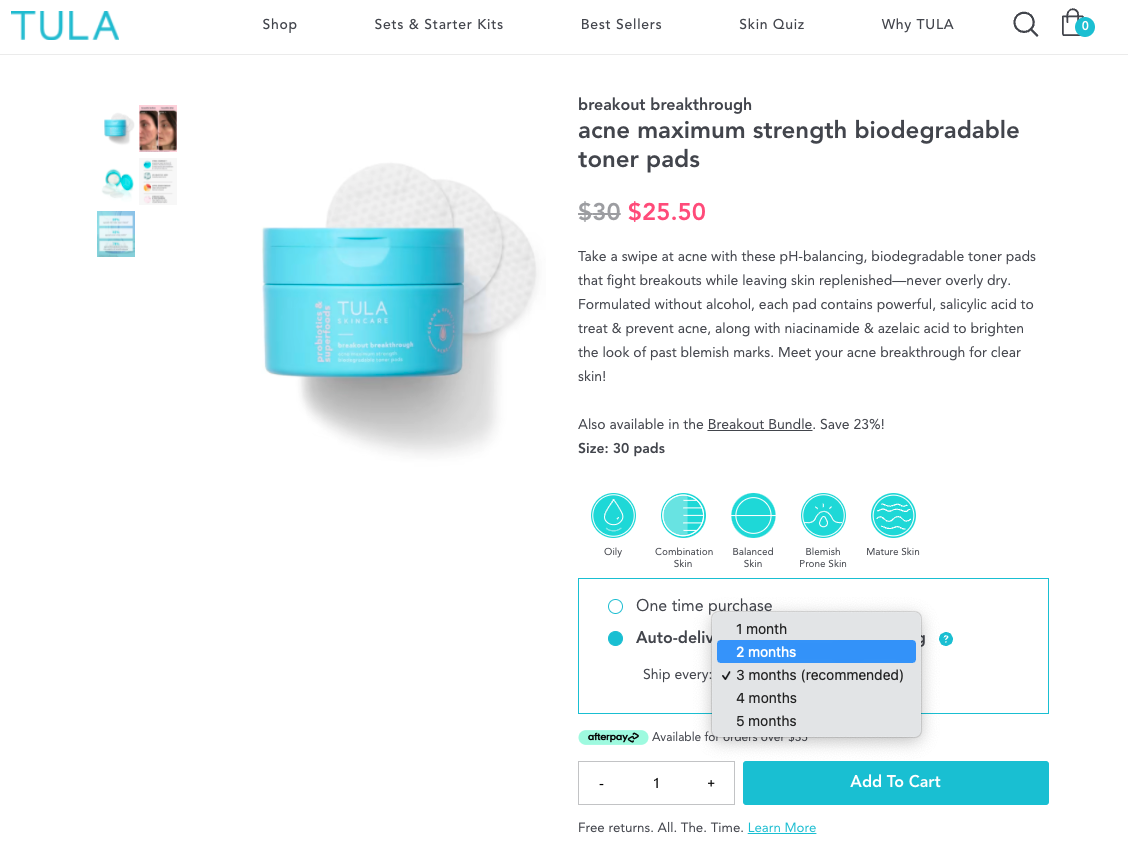
Effective personalization can also look like adding virtual shopping to your ecommerce site, like what Klarna offers.
With this platform, brands can create an engaging online shopping experience with in-store sales associates via messaging and video calls.
Store associates can offer personalized recommendations, sizing guidance, product details, and more—even if you’re shopping from home or on the go:
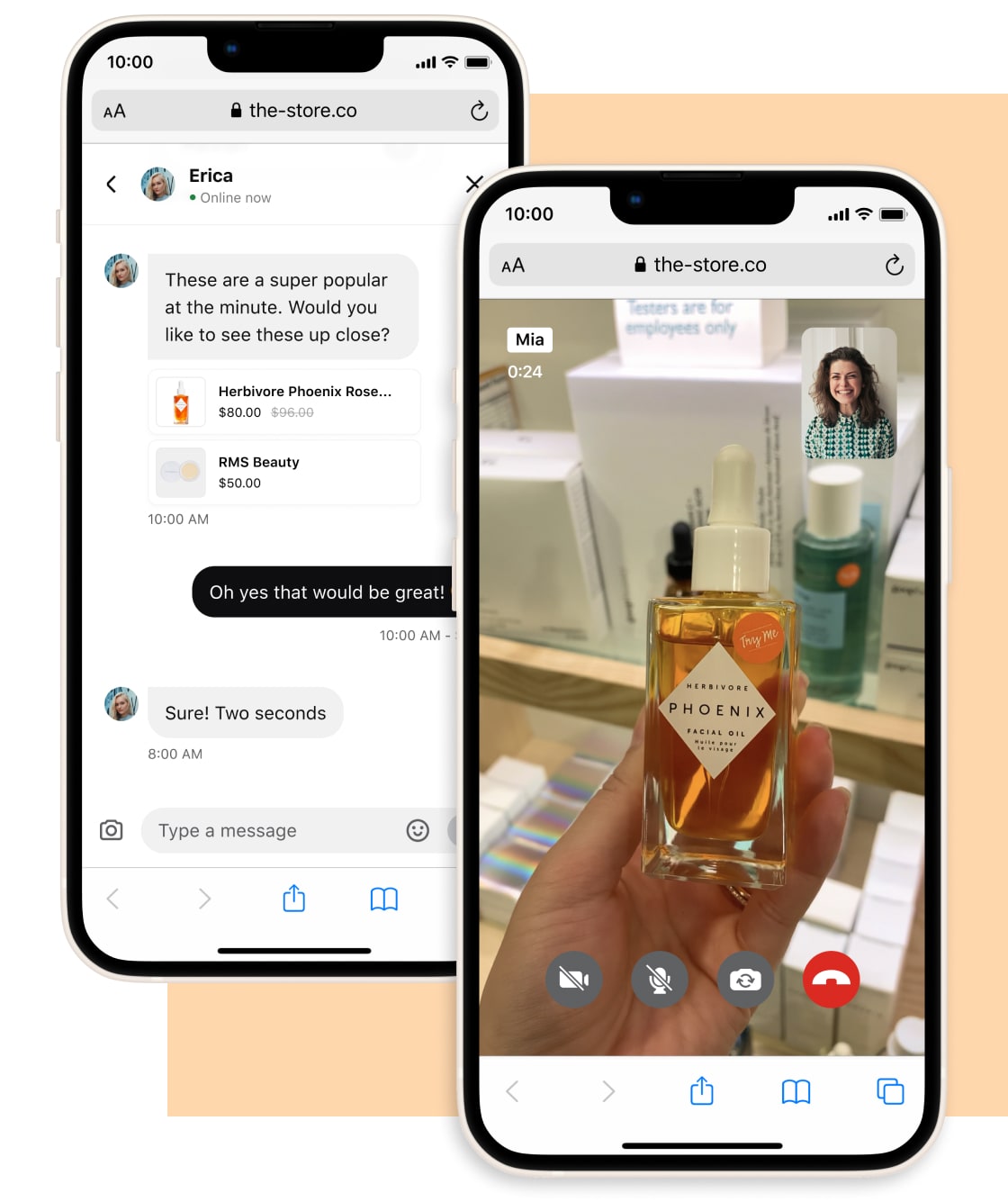
Ultimately, brands use ecommerce personalization tactics like this to build memorable shopping for customers and keep them coming back.
But personalization isn’t just for first-time visitors—it’s a long-term commitment, as B2B ecommerce writer Tina Donati shares:
“If a wine brand asks me about my favorite type of wine, and I select white, they shouldn’t be sending me emails with red wine recommendations. But beyond recommendations, the brand should be thinking about how they can completely customize my experience. For example, what if every time I visit the website it automatically filters out red wine options? That’s what personalization is to me—and what every brand should be trying to achieve.”
Creating a personalized shopping experience is a labor of love, no doubt (it’s all about the details).
But the payoff is too good to ignore. Done right, personalization can help you:
Build a connection with (and convey product quality) to customers
What separates DTC brands with cult-like followings from marketplace giants like Amazon? Connection.
Sure, Amazon knows how to use customer data to personalize shopping, but it’s pretty transactional.
Brands looking to foster a genuine connection with customers can use personalization to spark a relationship and offer value.
It signals to customers that you care about both convenience and brand experience.
This connection is not only welcome, but customers anticipate it. In fact, 66% of customers expect brands to understand their individual needs.
A great example of this type of brand personalization experience is from the lifestyle accessories brand, Nomad:
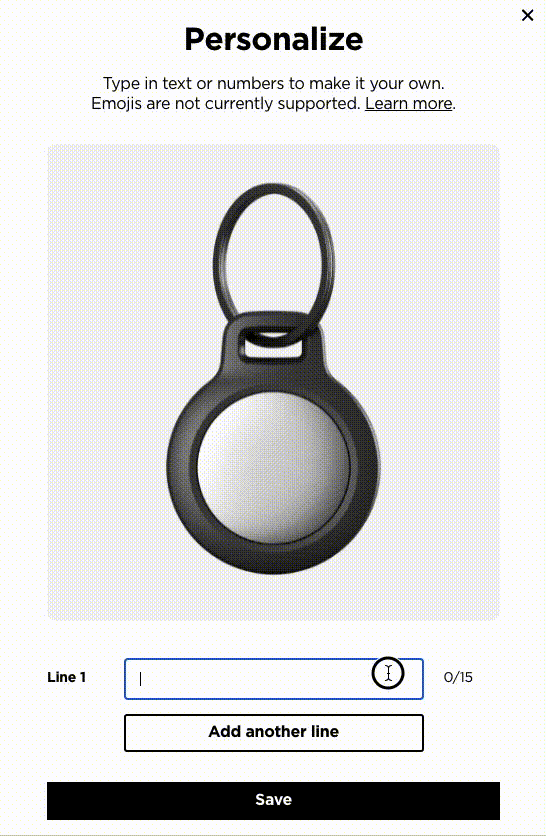
Customers can preview—right from the product page—how their custom engraving will look on the Rugged Keychain for AirTag before purchasing.
This way, customers not only get a preview of their personalized product but can make it uniquely theirs.
Guide product discovery
Not only does personalization help you connect with customers, but it helps them discover products.
By aiding their product journey with personalization, you can help customers find what they’re looking for or discover new items altogether.
When done right, customers don’t have to lift a finger to find products they’re interested in, which can be especially helpful if your catalog is on the larger side.
Increase conversions
If you approach ecommerce personalization with the intent of being helpful or alleviating friction, you’re on track to boost your conversions.
Customers who find what they’re looking for on your site (through personalization) are more likely to purchase.
80% of customers say they’re more likely to purchase from a brand that offers personalized shopping experiences. 80%!
A great example of this is handbag and backpack brand LeSportsac.
They increased their conversion rate by 2.4% and their average order value by 9% after implementing personalized recommendations on their site.
#cta-visual-pb#<cta-title>Create the custom ecommerce site of your brand dreams<cta-title>See what your brand can build with content syncing, Global Snippets, and more with Shogun Page Builder Advanced.Learn more
Building sustainable ecommerce personalization tactics today can ultimately mean boosting your bottom line over time.
The more shoppers who engage with personalized recommendations, the higher your conversion rate.
It’s been seen that 37% of shoppers who engaged with a personalized recommendation during their first visit to a site returned again.
What’s more, purchases made from product recommendations saw a 10% higher AOV than purchases where customers did not engage.
That said, let’s look at a few ecommerce personalization examples from top brands:
1. Bring the in-store shopping experience online: rag & bone
Premium clothing brand, rag & bone, recreate their in-store shopping experience online via virtual shopping using Klarna:
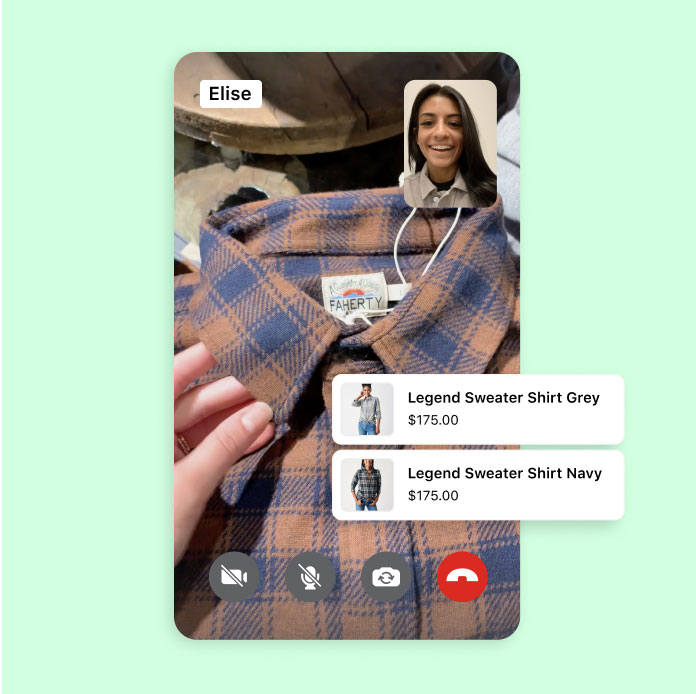
Online shoppers book appointments with store associates and connect via text, chat, or video.
Store associates take customers through the physical store while shoppers ask questions.
This 1:1 experience allows rag & bone to connect with customers and offer a tailored shopping experience based on their unique style and budget.
Using ecommerce personalization software to facilitate their virtual shopping offering has helped rag & bone boost their conversion rate by 20.3% and has yielded an average order value of $292.
2. Use video to engage and assist customers: Omsom
Asian food brand, Omsom, takes personalization to a new level with informative video messages.
When customers first land on the Omsom website, they’re greeted with a message from one of the founders.
From there, in a choose-you-own-adventure way, customers can learn more about their products, get to know the brand, or get help choosing products to try.
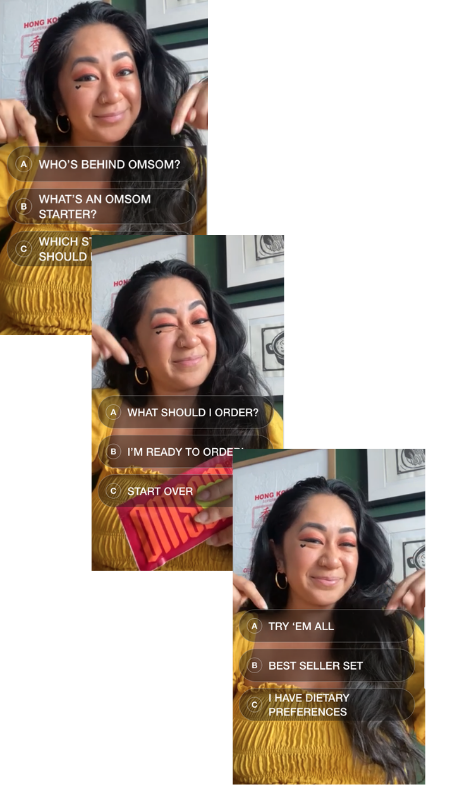
This is a great way to not only put your best foot forward with customers but to educate them about your brand and products, so they find exactly what they’re looking for every time they visit your site.
Omsom uses ecommerce personalization software, Tolstoy, to add this video sequence to their site.
#cta-mini-pb#Get the blueprint for how brands are building exceptional ecommerce experiences. Download the ebook
3. Data-fueled product recommendations: Uniqlo
Uniqlo, a Japanese casual wear brand, leverages location data to offer product recommendations in an email:
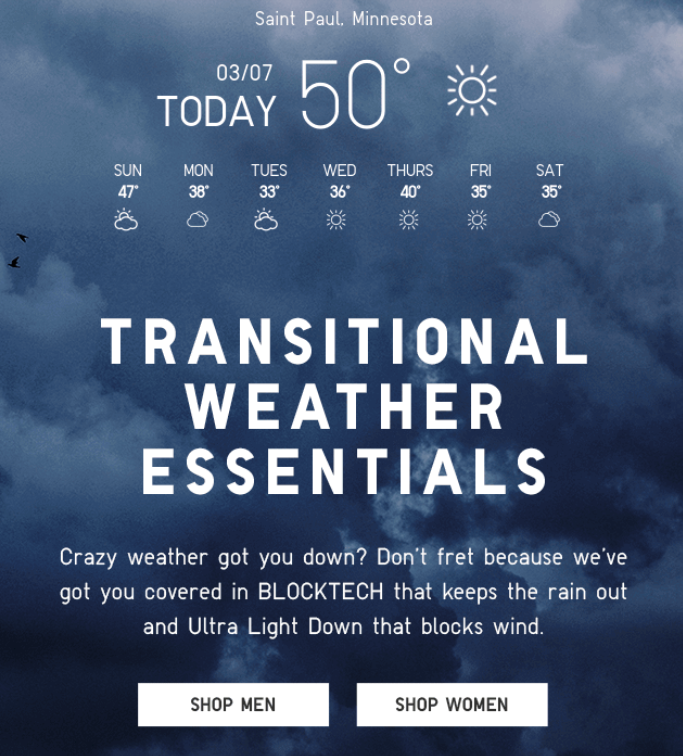
This email not only segments customers by location to ensure tailored content but includes product recommendations based on the local weather.
Personalized tactics like this can branch into other efforts, like video content and influencer partnerships.
For example, Uniqlo can collaborate with an Instagram influencer who lives in a city they’re trying to reach and come up with content specifically for that audience.
Or Uniqlo could use personalization software like Optimizely to learn what customers in different regions (like sunny southern California or rainy Seattle) are clicking on most to create the best possible shopping experience.
4. Up-selling while shopping: Dermalogica
A big part of what makes skincare brand Dermalogica unique is their in-store experience where customers try products per recommendations of a pro skincare consultant.
The brand wanted to take this experience online, so they launched a series of personalization tactics using Nosto to facilitate this interaction.
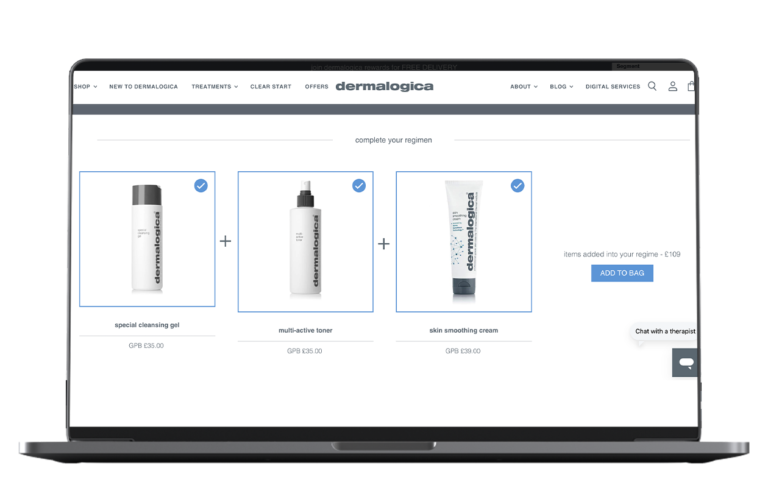
With Nosto’s Dynamic Bundles feature, Dermalogica.com recommends products that complement the product a customer is currently viewing, helping shoppers complete their regimen.
This contributed to Dermalogica’s 6.93% improvement in average order value.
You know you need to implement personalized ecommerce experiences, but where to start?
A helpful way to make sure your efforts are impactful is to remember this formula: Relevancy + channel + data = personalization.
Let’s break down each component.
Relevancy
Relevancy and personalization go hand-in-hand. That’s why timely curated lists and product recommendations are a common practice for brands.
49% of customers say they’ve purchased a product they did not initially intend to buy but did so after receiving a personalized recommendation. Further, personalized product recommendations account for 26% of revenue on average.
Customers want shopping experiences tailored to their interests, needs, and values.
For example, if you’re a CPG soda brand, you could create a quiz with a tool like Octane AI that suggests cocktail and mocktail recipes using your products based on customer flavor preferences.
Channel
Relevancy? Check ✅
Now, how should you present these personalized experiences?
The key here is to keep these experiences cohesive across channels.
While owning channels like social media is more challenging (you’re limited in what and how you can personalize those channels), it’s possible to take full creative control of your ecommerce site with a flexible frontend web experience.
Your team can make UX and design changes to the site as needed, which helps you craft the ultimate personalized experience for customers—without breaking the backend.
For example, if you’re an international brand (or looking to scale globally), you could present different versions of your site to different audiences depending on your goals and the market nuances.
Instead of having to set up multiple Shopify themes for each country and working through performance lags, it’s possible to build multiple frontends connecting to one backend with a unified frontend platform.
#cta-visual-pb#<cta-title>Create the custom ecommerce site of your brand dreams<cta-title>See what your brand can build with content syncing, Global Snippets, and more with Shogun Page Builder Advanced.Learn more
Data
What’s ecommerce personalization without data? Best-guessing.
Jokes aside, data is mission-critical when personalizing your ecommerce experiences—52% of customers say they’d share personal data in exchange for product recommendations.
But collecting zero-party data is just one piece of the puzzle. You’ve got to use it!
“I think a lot of brands have good intentions with personalization, but they don’t invest the time into taking it to the next level,” says Tina. “I see so many brands collect zero-party data but don’t do anything with it, so it just accumulates over time.”
With a mosaic of customer data, you can increase your bottom line by…
- Launching shopping tools that enhance your UX
- Sending emails and SMS messages to customers based on location, shopping history, or birthday
- Creating welcome and nurture sequences for new customers
- Retargeting customers based on behavior data (like cart abandonment, page clicks, etc.)
This is just a handful of what you can do with rich customer data, but it’s just the start, says Klaviyo Content Strategist Tracey Wallace:
“Data is directional, and you don’t even know where to look until you talk to your customers instead of making assumptions.
Talk to them. Get to understand them. And then think through the experiences that would best serve them. What data do you need to serve up those experiences? Do you already have it? Great! Do you not? How do you collect it, ethically?”
Just be careful not to use and abuse this information, says Tracey:
“There is a fine line with ecommerce personalization. Not every brand’s audience will want them to get incredibly personalized. For instance, Eterneva, a death-care company, personalizes every single interaction with their brand. But that also makes sense, loss is personal. Do I want my coffee company or my CBD company or the place I buy my workout clothes to treat me in a 1:1 communication style? Absolutely not. That’s creepy.”
Together, each of these three components makes it easier to be intentional about how you personalize your ecommerce shopping experience.
Say you’re a skincare brand and want to help customers struggling with acne find the right products. You could segment customers who clicked on your acne-fighting product pages and send them a curated list of products via email.
Or, you could partner with an influencer to create an Instagram video ad walking through their nighttime skincare routine specific to acne-prone or sensitive skin.
Keeping all three formula components in mind ensures you build the most impactful personalized experience that keeps customers coming back.
“Personalization should be a brand’s intellectual property, and it will be very different for every single brand based on who their customers are and the emotional drivers behind why they buy or interact with that brand,” says Tracey.
Ecommerce personalization for your scaling brand
An ecommerce site rich with personalization is key to not only standing out from your competitors but it’s what customers have come to expect.
Creating those show-stopping personalized experiences often requires a fast-loading site with advanced content management capabilities that scale as you grow.
For brands looking to strike a balance between customization and streamlined content management, consider a powerful page builder tool like Shogun Page Builder Advanced.
#cta-visual-pb#<cta-title>Create a custom ecommerce site that drives revenue for your brand<cta-title>See what your brand can build with content syncing, Global Snippets, and more with Shogun Page Builder Advanced.Learn more

Kaitlyn Ambrose
Kaitlyn works on all things content at Shogun. ⚡



